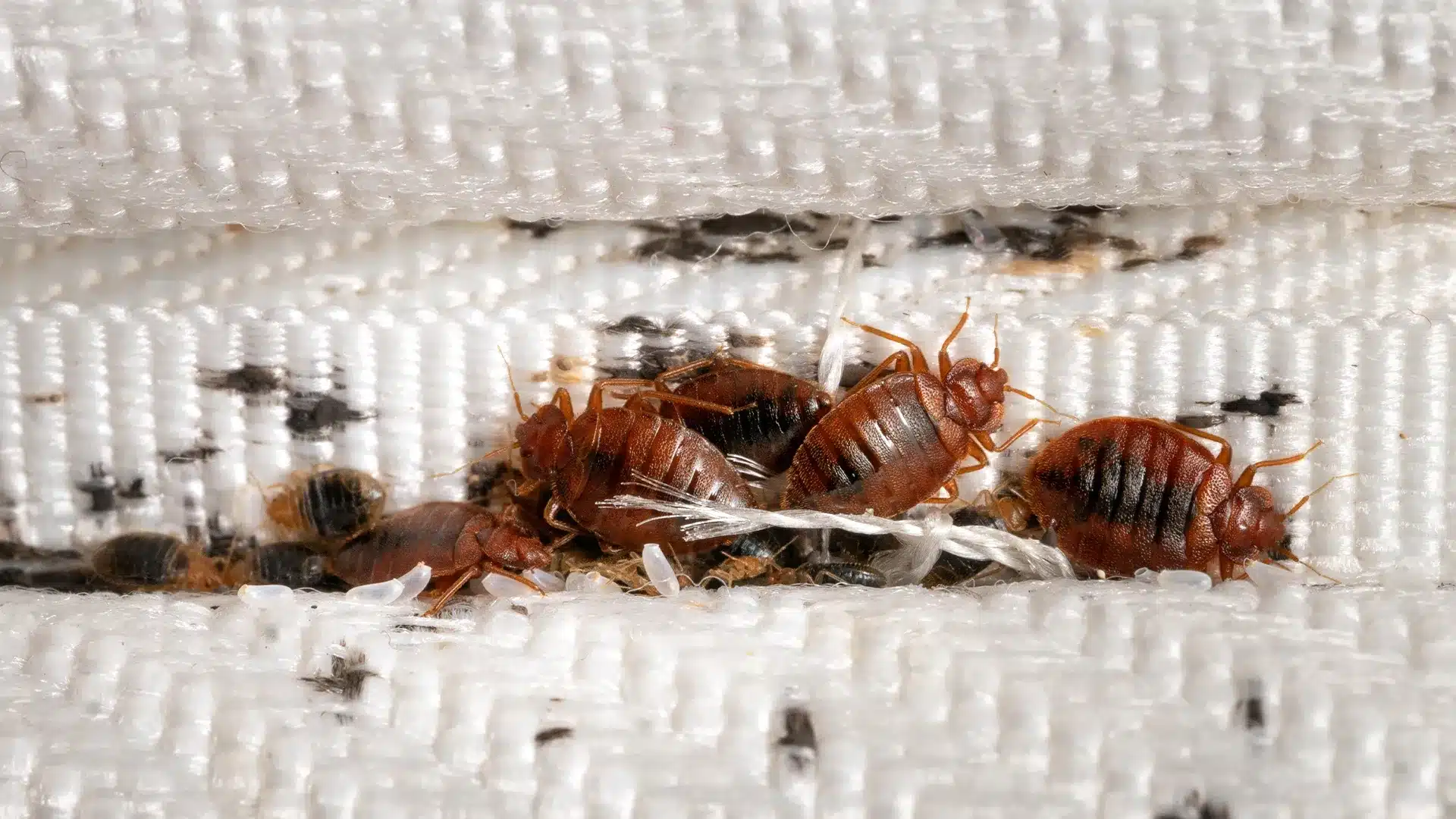Cost Effective Bed Bug Exterminator Near Me: DC Heat Treatment Specialists
Cost Effective Bed Bug Exterminator Near Me: DC Heat Treatment Specialists
Blog Article
Discovering the Science Behind Bed Pest Warm Treatments as a Lasting Bug Management Approach
In the realm of parasite administration, the pursuit for sustainable and reliable services continues to be a consistent pursuit. One such approach that has gotten grip in the last few years is using heat therapies to combat bed insect problems. By utilizing the scientific research behind thermal death points for these relentless pests, warm therapies offer an appealing choice to conventional chemical-based techniques. The intricacies of exactly how warmth effectively eliminates bed insects and the more comprehensive implications for sustainable bug monitoring practices make this a topic worth checking out better.
Bed Pest Warmth Therapy Process

Thermal Fatality Point for Bed Insects
Subjecting bed pests to elevated temperature levels past their thermal tolerance variety is essential for attaining efficient eradication in warm treatment procedures. The thermal death point for bed pests refers to the temperature level at which these insects can not endure. Research study shows that bed bugs begin to perish when subjected to temperatures above 113 ° F(45 ° C) for a continual period. As the temperature level increases, so does the death price of bed bugs. At around 118 ° F(48 ° C ), bed pests begin to die swiftly, with a mortality rate of virtually 99% within minutes of exposure. This shows the sensitivity of bed insects to heats and highlights the effectiveness of warm therapies in eliminating problems. By getting to and maintaining temperature levels over the thermal death point for bed insects, parasite management experts can make certain extensive elimination of bed pest populaces, consisting of hard-to-reach areas where chemical treatments may be much less reliable. Understanding the thermal death point for bed insects is crucial for implementing successful warm therapy approaches and achieving sustainable insect administration results.
Benefits of Warmth Treatments
Having actually established the crucial thermal death factor for bed pests, it is imperative to currently check out the considerable advantages that heat therapies use in successfully removing these resilient pests. When compared to standard chemical techniques, heat therapies present numerous essential benefits. Among the primary benefits is that heat can pass through deep into cracks and holes where bed insects hide, making certain that even one of the most hard-to-reach areas web link are warmed to deadly temperature levels. This extensive approach not just eliminates online pests however additionally targets bed insect eggs, protecting against future invasions.
Moreover, warmth therapies are non-toxic and ecologically pleasant, making them a lasting parasite management technique. Unlike chemical pesticides, warm therapies do not leave harmful residues that can present threats to human wellness or the environment. This aspect is especially crucial in delicate settings such as hospitals, schools, and suburbs where chemical use may not be desirable.
Furthermore, warm therapies have a high success price in getting rid of bed pest problems in a solitary therapy, minimizing the demand for numerous brows through and decreasing disruption to occupants. This efficiency not just conserves money and time yet additionally supplies assurance to those taking care of bed insect issues.
Effectiveness of Heat Therapy

Warmth treatments have the added advantage of eliminating bed bug eggs, which are typically immune to typical chemical treatments. In general, the efficiency of warmth therapies in eradicating bed insect invasions makes them a trusted and lasting bug monitoring approach.
Lasting Pest Management Advantages
Executing sustainable insect management practices offers long-term advantages for both the setting and public health and wellness. By using techniques such as heat therapies for parasite control, we can decrease the reliance on hazardous chemical pesticides that can have adverse effects on ecosystems and human wellness - bed bug treatment. Lasting insect management strategies assist in maintaining biodiversity by targeting specific parasites without hurting non-target organisms, thereby keeping a balanced ecosystem
In addition, lasting pest monitoring methods contribute to the general health and health of the public. By decreasing exposure to poisonous chemicals utilized this page in traditional bug control methods, warmth treatments supply a safer choice for pest administration in residential, business, and public spaces. This reduction in chemical use likewise aids in avoiding chemical deposits from contaminating soil, air, and water, safeguarding environmental top quality.
Conclusion
Finally, bed bug warm therapies have actually been shown to be a sustainable and efficient bug management technique. The thermal fatality factor for bed bugs makes them vulnerable to warm therapies, which have numerous advantages over standard chemical therapies. The effectiveness of heat treatments in getting rid of bed pest problems while minimizing environmental effect highlights the possibility of this approach as a lasting service for bug control.
The bed pest warmth therapy procedure involves raising the temperature within infested areas to a level that successfully gets rid of bed pests and their eggs. By getting to and keeping temperature levels over the thermal fatality factor for bed pests, bug monitoring specialists can make certain thorough removal of bed pest populaces, consisting of hard-to-reach locations where chemical therapies might be less efficient. One of the main advantages is that heat can penetrate deep into holes and splits where bed pests conceal, making sure that even the most hard-to-reach areas are heated to lethal temperature levels. Unlike chemical therapies that may leave behind resistant populations, warmth therapies use a eco pleasant and safe service that can penetrate deep right into furnishings, wall surfaces, and other hard-to-reach areas where bed pests conceal.
The thermal death factor for bed pests makes them prone to heat therapies, which have countless benefits over conventional chemical treatments.
Report this page